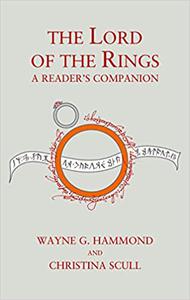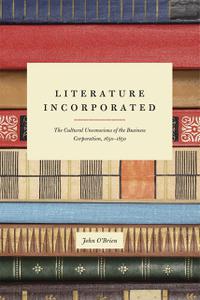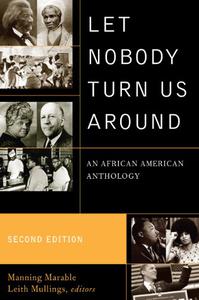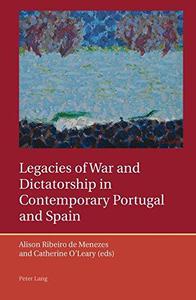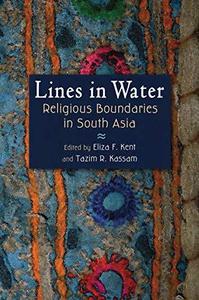 Lines in Water: Religious Boundaries in South Asia By Eliza F. Kent (editor), Lines in Water Tazim R. Kassam (editor)
Lines in Water: Religious Boundaries in South Asia By Eliza F. Kent (editor), Lines in Water Tazim R. Kassam (editor)2013 | 428 Pages | ISBN: 081563319X | PDF | 4 MB
When asked to distinguish between different faiths, Mughal prince Dara Shikoh is said to have replied, "How do you draw a line in water?" Inspired by this question, the essays in this volume illustrate how ordinary people in South Asia and the diaspora negotiate their religious identities and encounters in creative, complex, and diverse ways. Taking the approach that narratives "from below" provide the richest insight into the dynamics of religious pluralism, the authors examine life histories, oral traditions, cartographic practices, pilgrimage rites, and devotional music and songs. Drawing on both ethnographic and historical data, they illuminate how, like lines in water, religious boundaries are dynamic, fluid, flexible, and permeable rather than permanently fixed, frozen, and inviolable. A distinct feature of the volume is its proposition of a fresh and innovative typology of boundary dynamics. Boundaries may be attractive or porous, firmly drawn or transcended. Attractive boundaries invite confluence while affirming the differences between self and other, whereas permeable boundaries facilitate exchanges that create new identities and in turn form new lines. Although people may recognize the significance of religious borders, they can choose to transcend them. Throughout this volume, the authors highlight the fascinating range of South Asian religious and cultural traditions.
